Teupitz State Psychiatric Institution in Brandenburg has been abandoned
#1
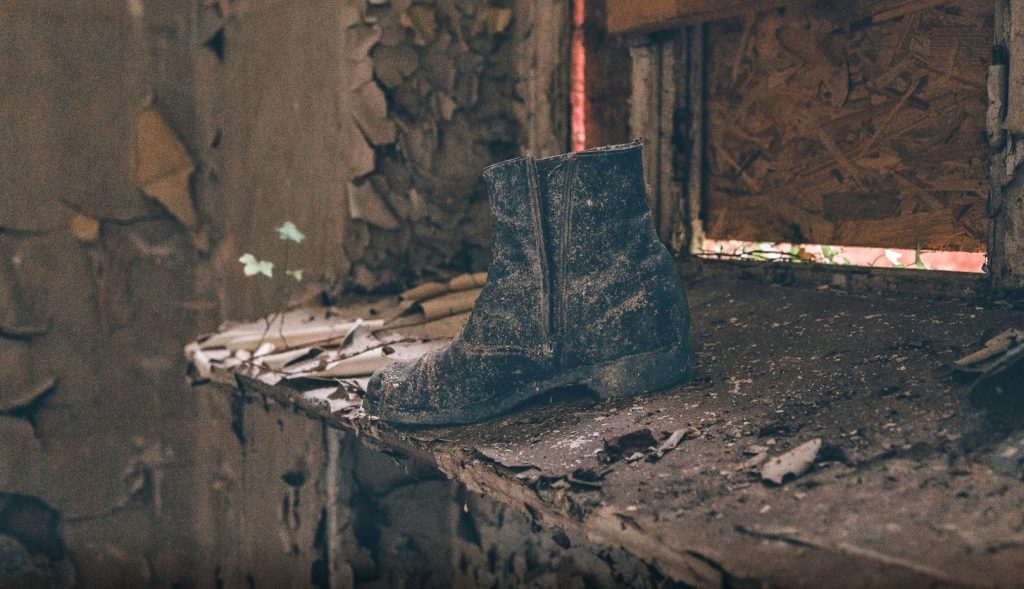
On the Gazenberg Hill southwest of Teupitz, Brandenburg, Germany, the massive complex of a former state asylum currently remains abandoned.
Landesirrenanstalt Teupitz (Teupitz State Mental Asylum), Landesirrenanstalt-Hauptanstalt (Teupitz State Asylum Headquarters), and Landesklinik Teupitz have all been used to refer to the facility (Teupitz State Clinic).
There was a need for another German state asylum around the turn of the century. The provincial committee picked the municipality of Teupitz after issuing a tender request. It was regarded as a great location due to the comparatively inexpensive cost of property in that area, as well as local railway stations and a pleasant, natural setting.
#2
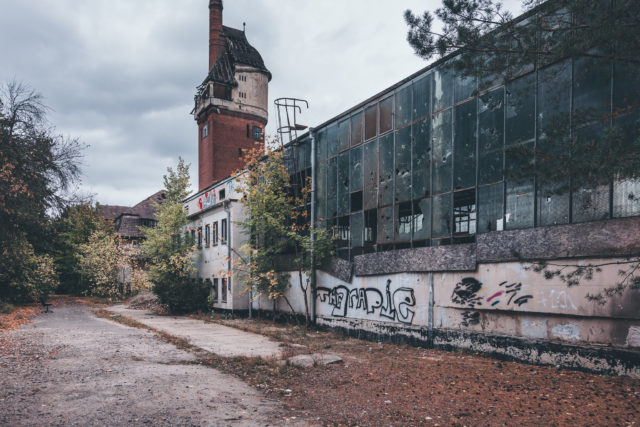
Theodor Goecke, an architect, was in charge of the project. Building began in the summer of1904 when a great number of pavilion-style structures were built. The Teupitz Institution had a capacity of 1,050 beds when it was built in 1908. Another 150 individuals might be accommodated at a nearby aged care facility.
The complex also included administrative and culinary facilities, workshops, large gardens, and other agricultural green spaces. There were around 16 pavilions in all, divided into eight for men and eight for women.
#3
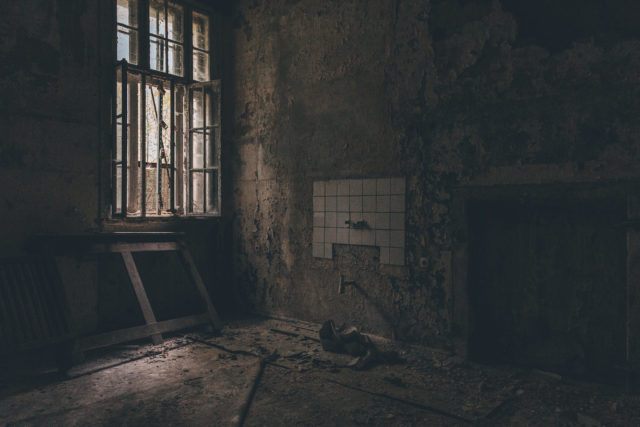
Under the guidance of Karl Berthold Knörr, the Teupitz Institution was officially established in1908. It has contemporary amenities such as central heating, water from a water tower, and a sewerage system. Because the city wasn't linked to the electrical system until 1922, the asylum was able to generate its own electricity.
A unique plant was developed to turn limestone into sand-lime bricks particularly for the new hospital in order to supply enough building materials. The plant declared bankruptcy after the Hospital’s construction was done.
#4
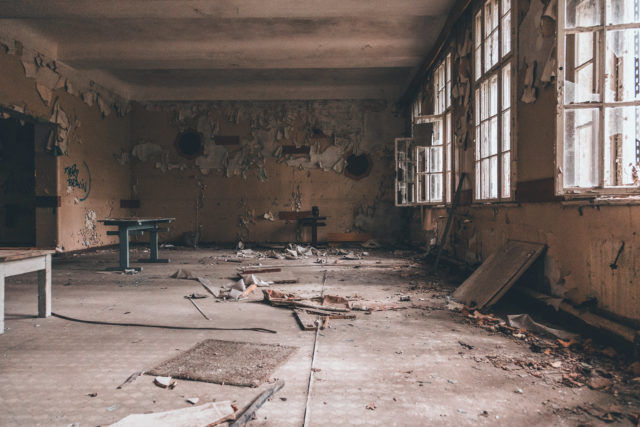
In 1908, the hospital management made the decision to buy some surrounding land and construct a burial chapel.
Robert Sand worth, a church artist, painted the chapel, which was only finished in 1917. The water tower was also given a 50-meter (164-foot) chimney with an observation deck, making it an iconic and well-photographed building.
The Teupitz Institution was turned into a military hospital for wounded troops when the First World War broke out. T
There were so many deaths that the hospital was sometimes deserted for days. The hospital, like many other institutions, was forced to close temporarily in 1923 because of financial difficulties caused by hyperinflation.
#5
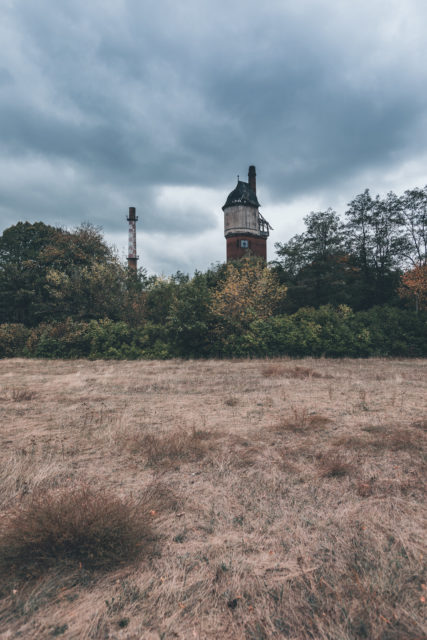
In 1924, the hospital was reopened, and it was extended to accommodate 1,500 patients. A slaughterhouse, ballroom, water, and energy plant, nursery, and cemetery, as well as homes for the physicians and medical director, were also added.
The Teupitz Institution was a component of the Aktion T4 program during World War II. The wholesale euthanasia of people with mental illnesses was dubbed “Operation T4”after the war. Because the patients were judged “incurably sick,” such deaths were thought to be”merciful”
Between 275,000 and 300,000 people are thought to have died as a result of the T4 program during WWII.
#6
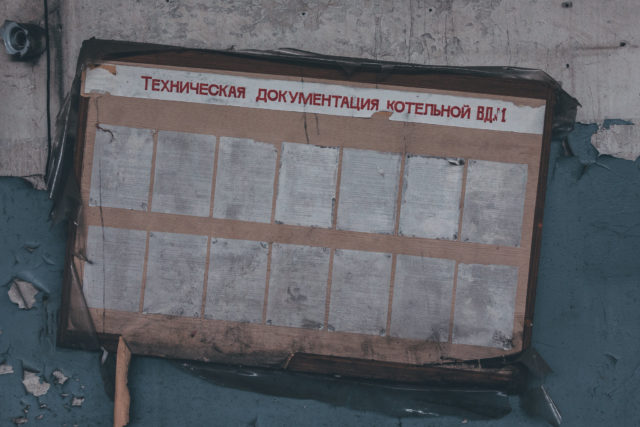
The Teupitz Institution and the rest of the city were taken over by the Red Army at the end of April 1945. The director of the institution and the hospital’s main physician were both arrested. Their whereabouts are unknown. Many buildings were damaged, and one was entirely demolished, during the conflict.
From May 1945 till 1991, the Soviet Army used this location as a military hospital. The complex was separated into zones for patients suffering from various mental illnesses, drinkers, and soldiers of various ranks. The amenities provided now include a library, laundry, and other public facilities.
#7

The clinic employed over 500 people at its peak, the majority of them were from the Soviet Union. The hospital was returned back to Germany in 1991. Landesklinik Teupitz was the name given to it. In 1992, the clinics were restructured, and more clinics were added over time.
The old military hospital was proclaimed a national monument in 1997, together with its 20 brick structures. It is given the German name Landesirrenanstalt-Hauptanstalt in the entry.
A memorial monument in the shape of a black obelisk was constructed in the clinic’s park in May 2000 to commemorate the many victims of the T4 atrocities.
#8

The hospital has been available for sale in previous years, but no potential purchasers have come forward. Various building restoration and reconstruction projects were planned. A school, a condominium, luxury loft apartments, and a cafe were among the ideas, but none of them came to fruition.
The Asklepios Clinic company purchased a portion of the facility in 2005. This section was renovated and converted into a private clinic for those suffering from mental illnesses.
#9
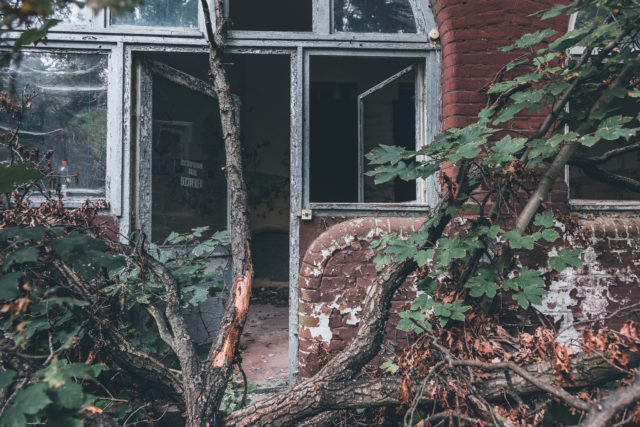
The old asylum’s 16 hectares, however, remain undeveloped. The structures are quickly decaying because of natural disasters, copper thieves, and vandalism. It costs the government around 20,000 euros each year to keep it running.
Despite the fact that metal plates are used to secure doors and windows, it is still feasible to obtain entry to the premises. The majority of the rooms, on the other hand, are vacant, with just pots, pans, and rubbish to be discovered.
#10

Thank you to Daniel, one of the photographers who contributes to the Pixelgranaten.de initiative, which features photographs made with both cellphones and cameras. He enjoys sharing his work and is always open to comments and criticism.
Visit his website to get in touch with him and see a variety of intriguing photos. Any photo can also be purchased as a print. On Facebook and Instagram, you can keep up with this initiative.
#11

#12
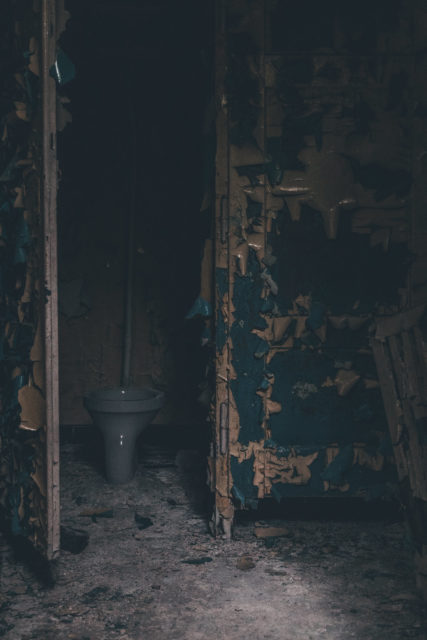
#13
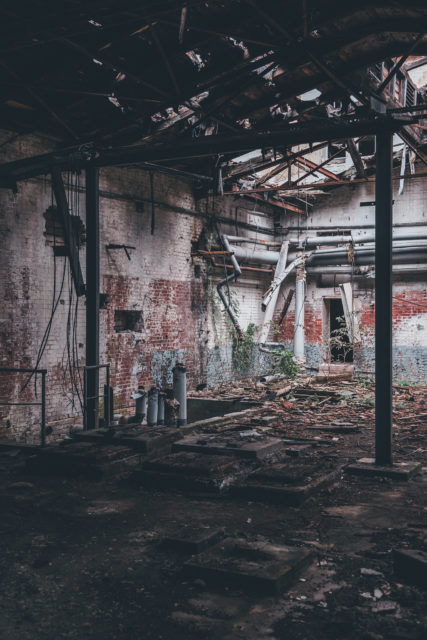
#14
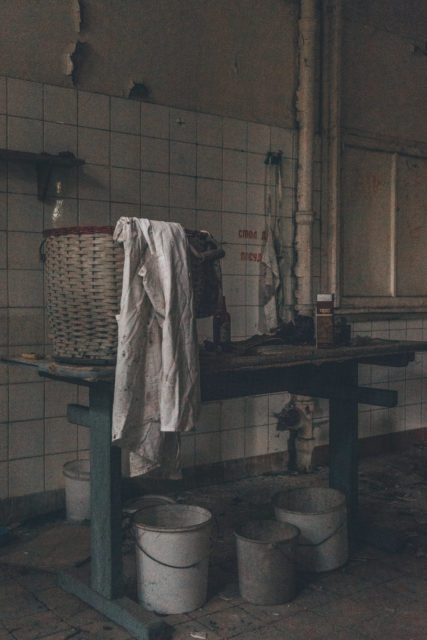
#15









